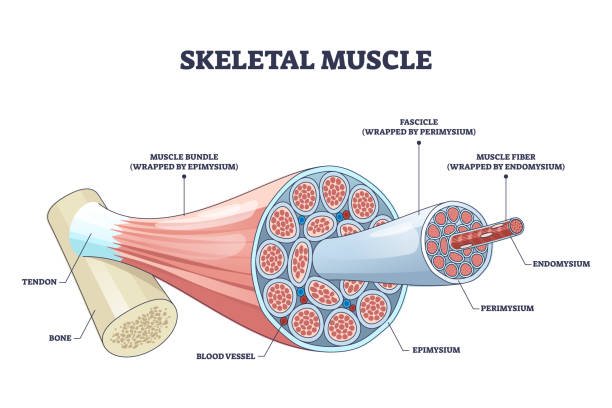Contents
Table of Contents
In the realm of biology and genetics, the study of orthology has proven to be a vital tool in understanding the evolutionary relationships between species. By deciphering the similarities and differences in genes across different organisms, orthology provides valuable insights into their shared ancestry and functional conservation. In this blog, we will delve into the concept of orthology, its significance in various fields of research, and how it has revolutionized our understanding of evolutionary biology.
Understanding Orthology:
Orthology refers to the relationship between genes in different species that share a common ancestry through speciation events. Genes that have descended from a common ancestral gene, separated by a speciation event, are considered orthologs. These orthologous genes often retain similar functions, reflecting their shared evolutionary history.
Evolutionary Significance:
Orthology plays a fundamental role in understanding the evolutionary relationships between species. By studying orthologous genes, researchers can trace back the origin of genes and their functions, unraveling the intricate web of evolution. Orthology provides insights into the conservation of genetic information, functional similarities, and differences between species, shedding light on how organisms have evolved over time.
Determining Gene Function:
One of the key applications of orthology is in determining the function of genes across different organisms. If a gene has a known function in one species, identifying its orthologs in other species can provide clues about its function in those organisms. This enables researchers to make predictions about gene function and conduct further experiments to validate their hypotheses.
Comparative Genomics and Evolutionary Studies:
Orthology is indispensable in comparative genomics, which involves comparing the genetic makeup of different species to identify similarities and differences. By identifying orthologous genes, researchers can study the evolutionary changes that have shaped different species, helping to decipher the genetic basis of evolutionary adaptations. Comparative genomics has wide-ranging applications, from understanding the genetic basis of diseases to uncovering the mechanisms behind complex biological processes.
Applications in Biomedical Research:
Orthology plays a crucial role in biomedical research, particularly in the field of drug discovery. Orthologous genes between humans and other model organisms, such as mice or zebrafish, provide valuable insights into the potential functions and interactions of human genes. This knowledge aids in studying disease mechanisms, identifying drug targets, and developing animal models for human diseases.
Orthology Databases and Tools:
To facilitate the study of orthology, several databases and computational tools have been developed. These resources compile and analyze genomic data from various organisms, enabling researchers to identify orthologous genes and conduct comparative analyses. Examples of widely used orthology databases include OrthoDB, Ensembl, and NCBI HomoloGene.
Orthology is a powerful tool that has revolutionized our understanding of evolutionary biology, gene function, and comparative genomics. By unraveling the evolutionary relationships between genes and species, orthology provides a framework for studying the genetic basis of diverse traits, diseases, and biological processes. Its applications extend across a wide range of fields, from basic research to biomedical applications, making orthology an essential concept in modern biology. As our knowledge of genomes expands, orthology will continue to play a crucial role in uncovering the mysteries of life’s evolutionary history.
For more updates please visit
https://www.tripncare.co







